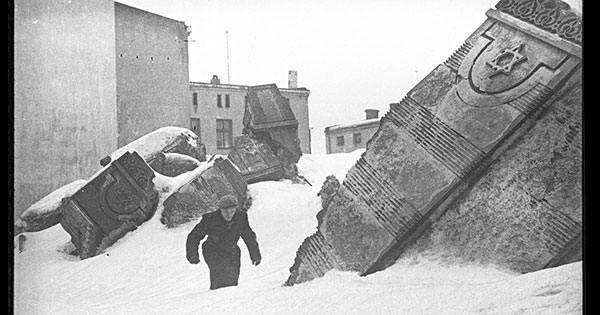A man walking in winter in the ruins of the synagogue on Wolborska street destroyed by Germans in 1939.
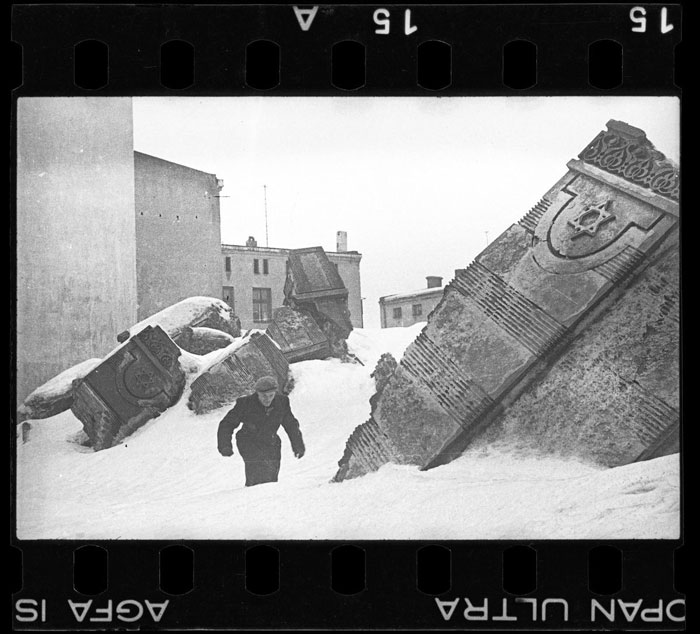
IMAGE: HENRYK ROSS, COLLECTION OF THE ART GALLERY OF ONTARIO
When the Nazis invaded Poland in 1939, they created these walled-off ghettos in cities to segregate the Jewish population.
News and sports photographer Henryk Ross lived in one of these ghettos in the city of Lodz. He was employed by the Department of Statistics to shoot identification photos and propaganda images of factories that used Jewish slave labor to produce supplies for the German Army.
When not working, he took photographs of the horrific realities of the ghetto, at his own tremendous personal risk. He surreptitiously captured scenes of starvation, disease, and executions.
He witnessed tens of thousands of Jews being deported from the ghetto to the death camps at Auschwitz and Chelmno nad Nerem , and kept on shooting.
He also captured in secret plays, little celebrations, weddings — each one an act of resistance against a dehumanizing regime.
Sign for Jewish residential area — “Jews. Entry Forbidden” (c. 1940-1944)
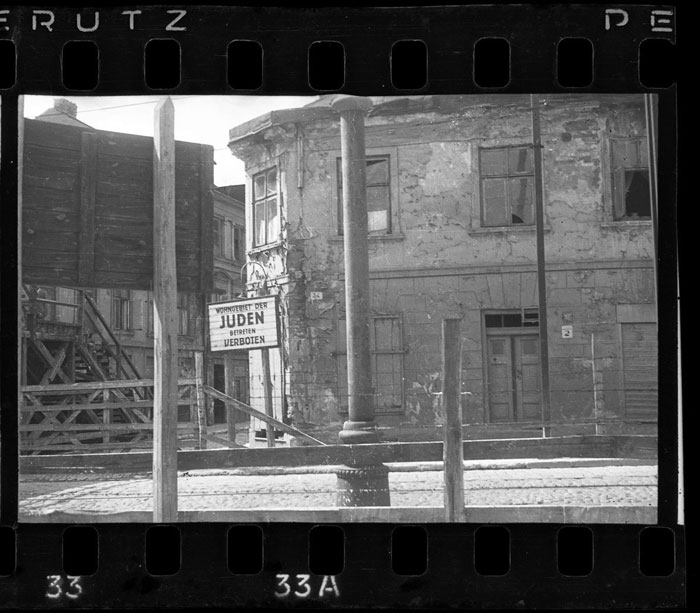
IMAGE: HENRYK ROSS, COLLECTION OF THE ART GALLERY OF ONTARIO
A boy walking in front of the bridge crossing Zigerska (the “Aryan”) street (c. 1940-1944)
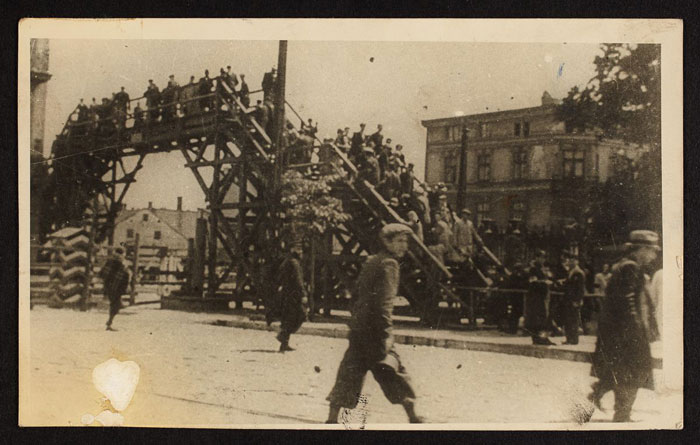
IMAGE: HENRYK ROSS, COLLECTION OF THE ART GALLERY OF ONTARIO
Henryk Ross photographing for identification cards, Jewish Administration, Department of Statistics (1940)
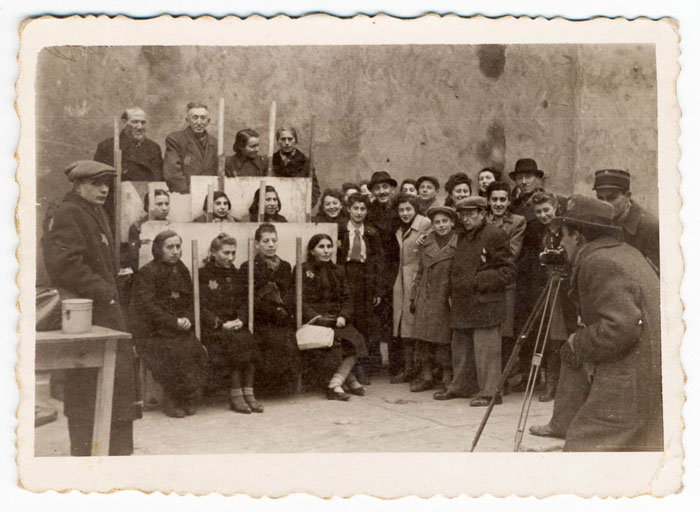
IMAGE: HENRYK ROSS, COLLECTION OF THE ART GALLERY OF ONTARIO
In late 1944, the Russians continued to push the Germans back and the Polish resistance rose up in Warsaw. It became apparent that the Lodz Ghetto residents would soon be liquidated.
The photographer thought that he could be deported to an extermination camp at any moment. He immediately gathered 6,000 of his negatives and placed them in a tar-lined box. He decided to bury them near his house in the hopes that someday they might be found.
On January 19, 1945, the Soviet Army liberated what remained of the ghetto. Out of more than 200,000 Jews who had been in the ghetto, only 877 survived. Henryk Ross was one of them.
Ross returned to his house on Jagielonska Street in March 1945. He dug up his time capsule. Half of the negatives were damaged, but the other half had fortunately survived, showing us the stories of those who lived and died in the ghetto, and whatever is left of their memories would not be forgotten.
The entire incredible collection of the photos — “Memory Unearthed: The Lodz Ghetto Photographs of Henryk Ross — are now at the Art Gallery of Ontario.
A group of women with sacks and pails, walking past synagogue ruins heading for deportation (c. 1940-1944)
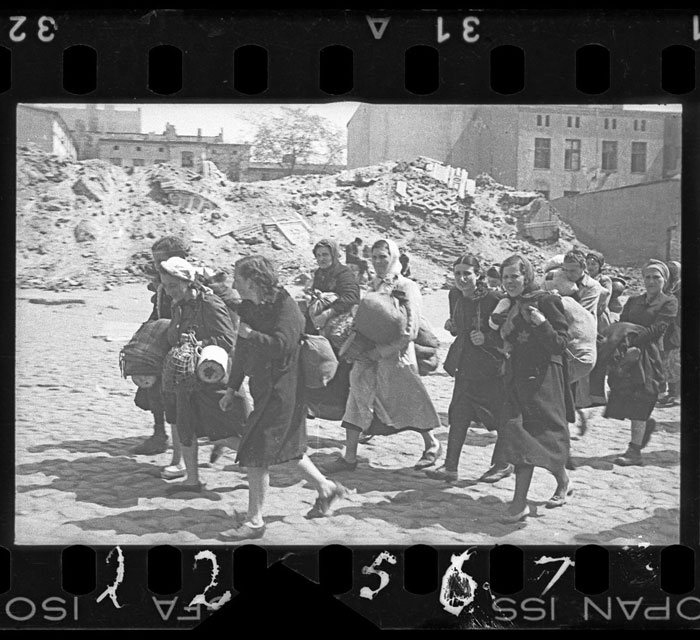
IMAGE: HENRYK ROSS, COLLECTION OF THE ART GALLERY OF ONTARIO
“I buried my negatives in the ground in order that there should be some record of our tragedy… I was anticipating the total destruction of Polish Jewry. I wanted to leave a historical record of our martyrdom”. – HENRYK ROSS
A man who saved the Torah from the rubble of the synagogue on Wolborska Street (1940)
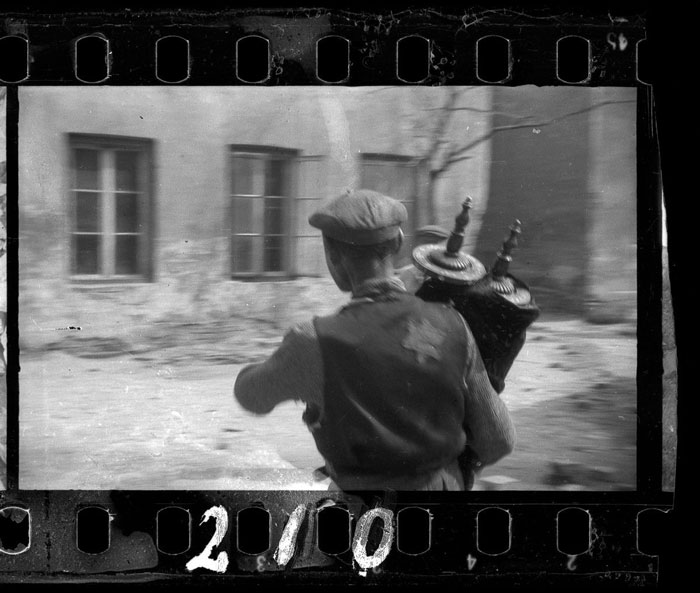
IMAGE: HENRYK ROSS, COLLECTION OF THE ART GALLERY OF ONTARIO
Portrait of a couple (c. 1940-1944)
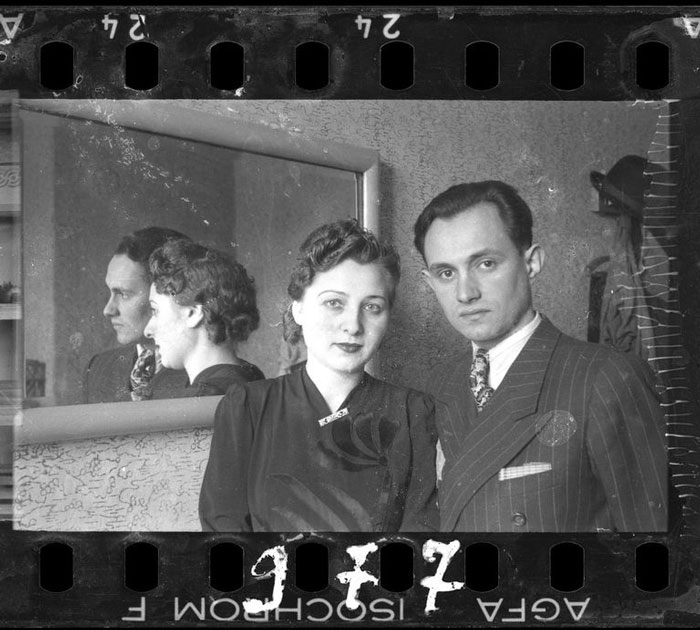
IMAGE: HENRYK ROSS, COLLECTION OF THE ART GALLERY OF ONTARIO
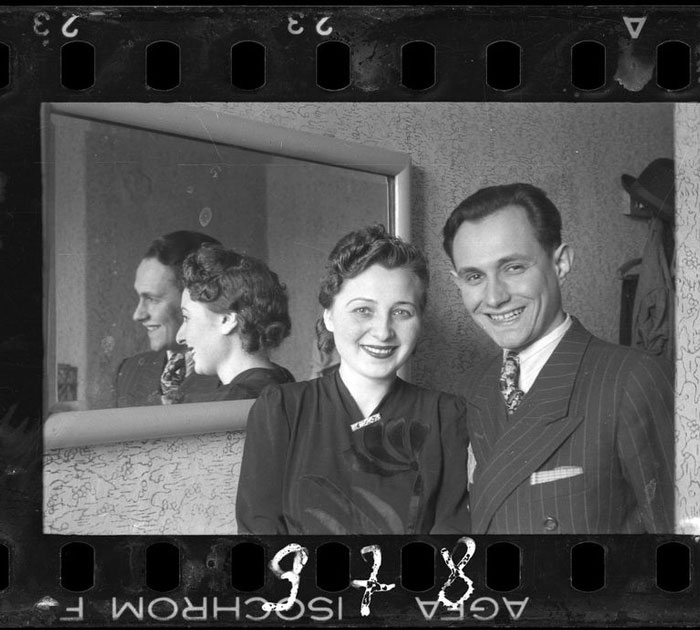
IMAGE: HENRYK ROSS, COLLECTION OF THE ART GALLERY OF ONTARIO
A nurse feeding children in an orphanage (c. 1940-1944)
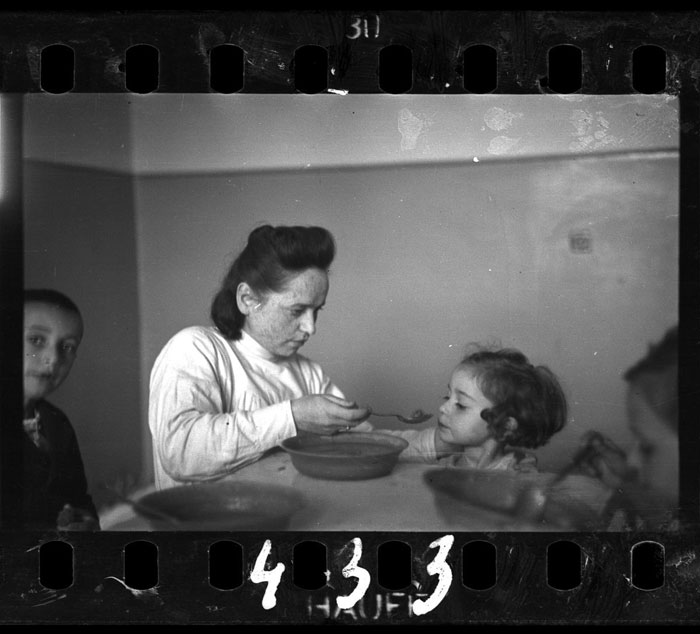
IMAGE: HENRYK ROSS, COLLECTION OF THE ART GALLERY OF ONTARIO
A festive occasion (c. 1940-1944)
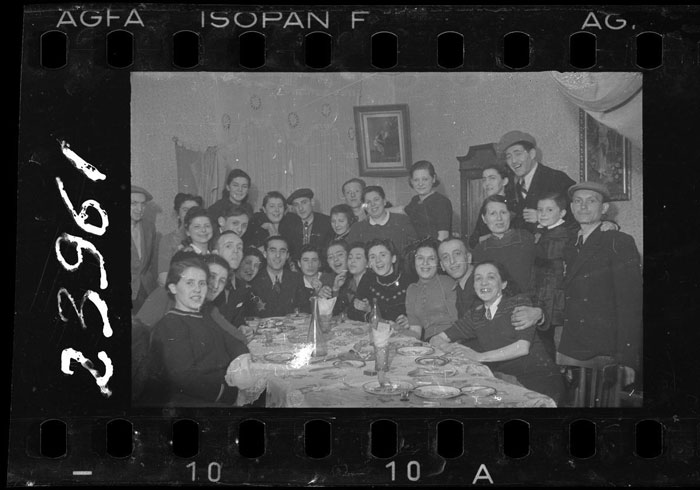
IMAGE: HENRYK ROSS, COLLECTION OF THE ART GALLERY OF ONTARIO
A performance of ‘Shoemaker of Marysin’ in the factory (c. 1940-1944)
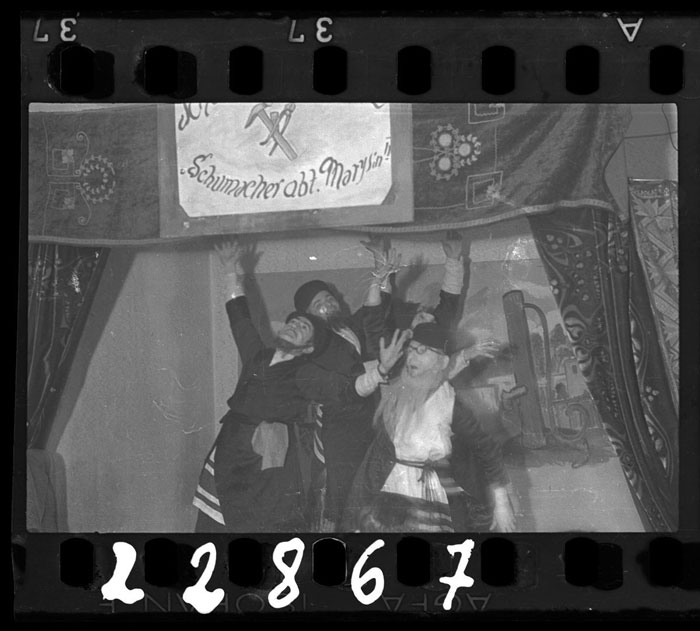
IMAGE: HENRYK ROSS, COLLECTION OF THE ART GALLERY OF ONTARIO
Woman with her child, Ghetto policemen’s family (c. 1940-1942)
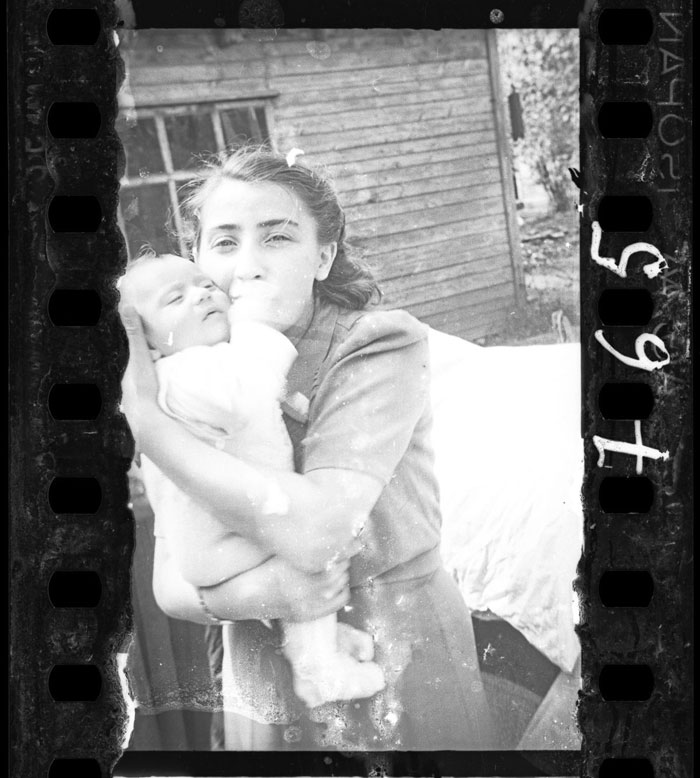
IMAGE: HENRYK ROSS, COLLECTION OF THE ART GALLERY OF ONTARIO
A wedding in the ghetto (c. 1940-1944)
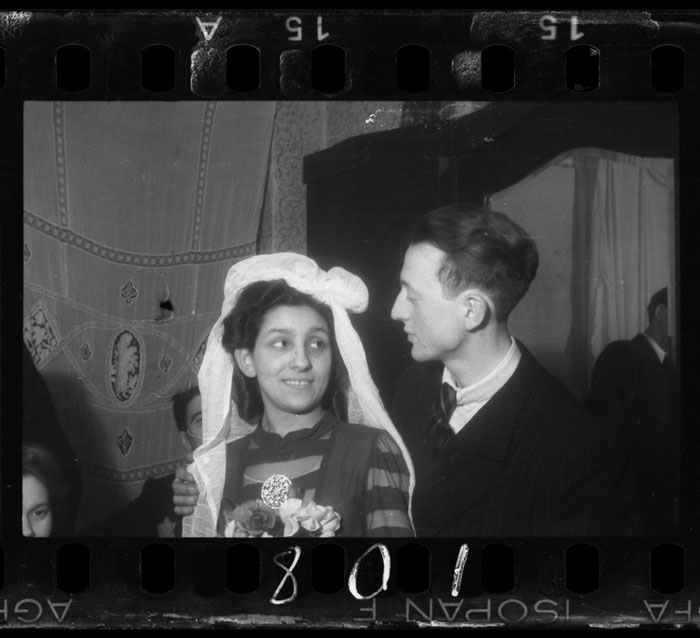
IMAGE: HENRYK ROSS, COLLECTION OF THE ART GALLERY OF ONTARIO
Children being transported to Chelmno nad Nerem (renamed Kulmhof) death camp (1942)
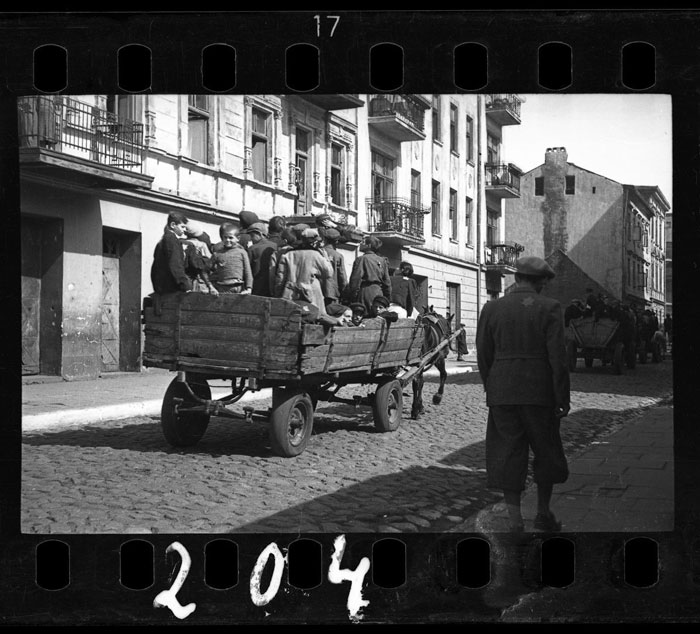
IMAGE: HENRYK ROSS, COLLECTION OF THE ART GALLERY OF ONTARIO
A boy searching for food (c. 1940-1944)
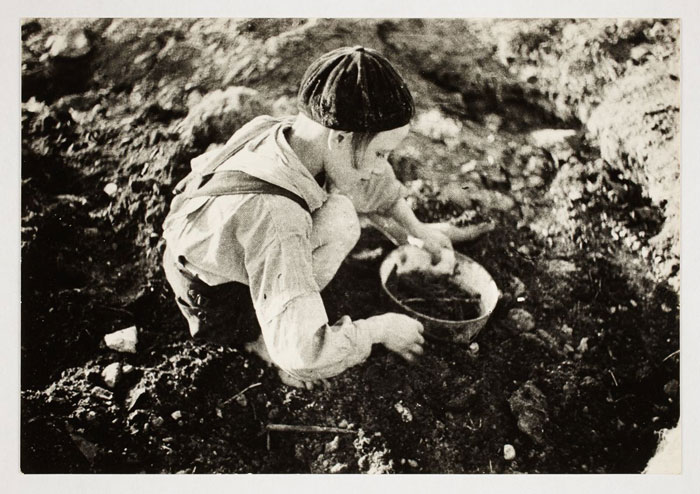
IMAGE: HENRYK ROSS, COLLECTION OF THE ART GALLERY OF ONTARIO
Young girl (c. 1940-1944)
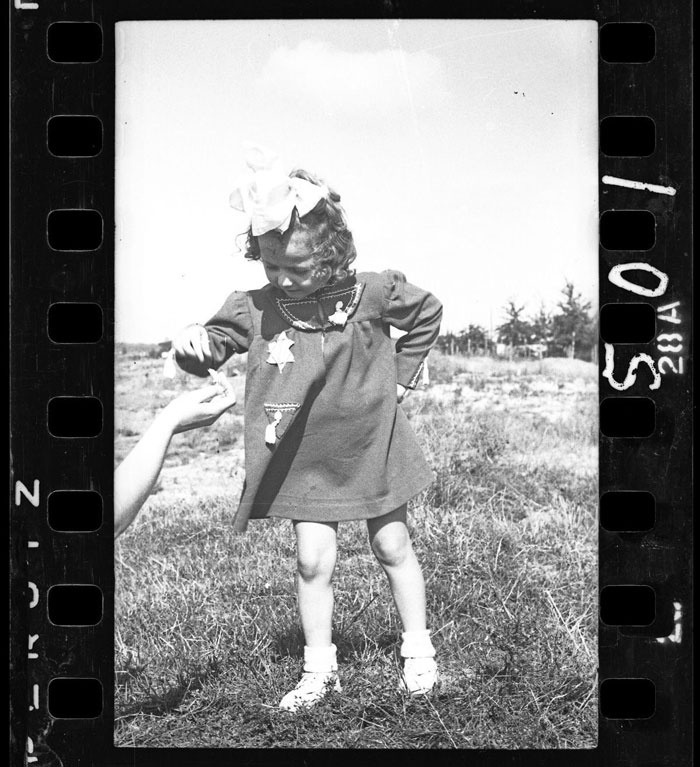
IMAGE: HENRYK ROSS, COLLECTION OF THE ART GALLERY OF ONTARIO
Men hauling cart for bread distribution (1942)
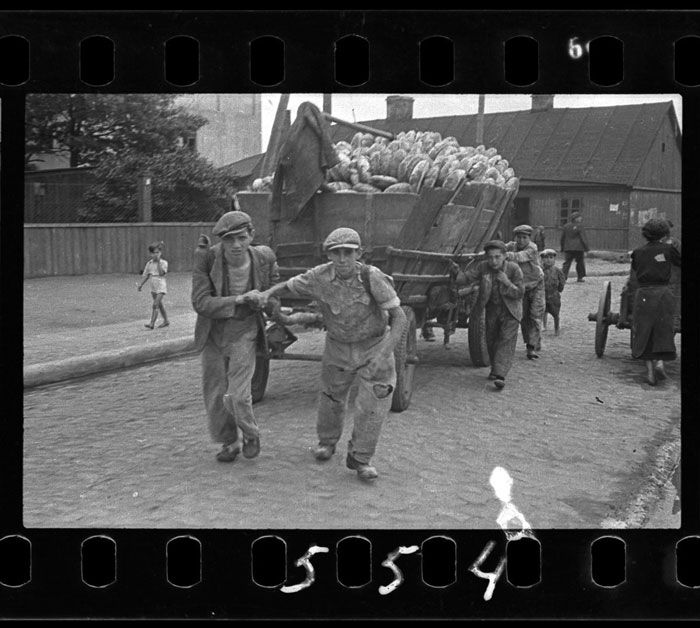
IMAGE: HENRYK ROSS, COLLECTION OF THE ART GALLERY OF ONTARIO
“Soup for lunch.” Group of men alongside building eating from pails (c. 1940-1944)
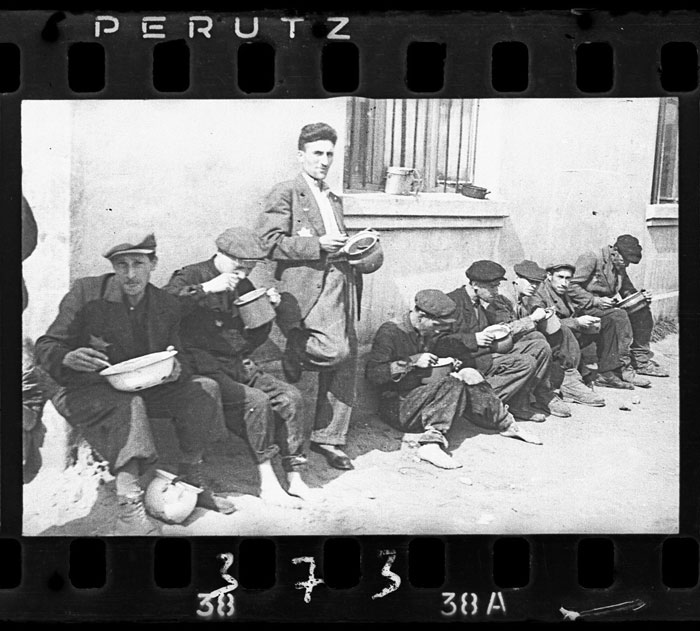
IMAGE: HENRYK ROSS, COLLECTION OF THE ART GALLERY OF ONTARIO
A sick man on the ground (c. 1940-1944)
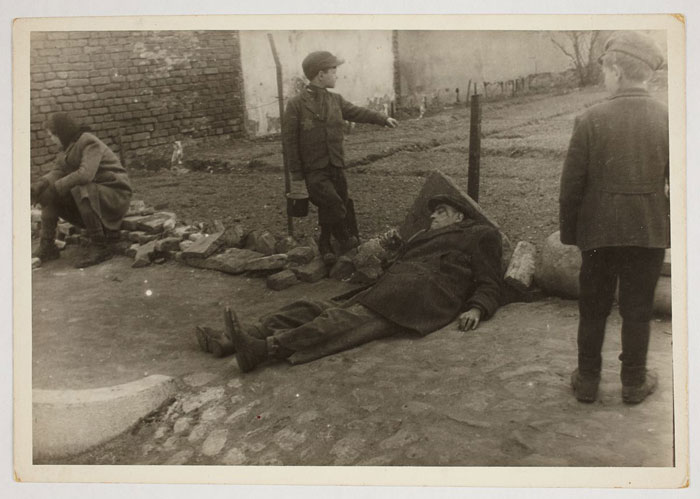
IMAGE: HENRYK ROSS, COLLECTION OF THE ART GALLERY OF ONTARIO
A scarecrow with a yellow Star of David (c. 1940-1944)
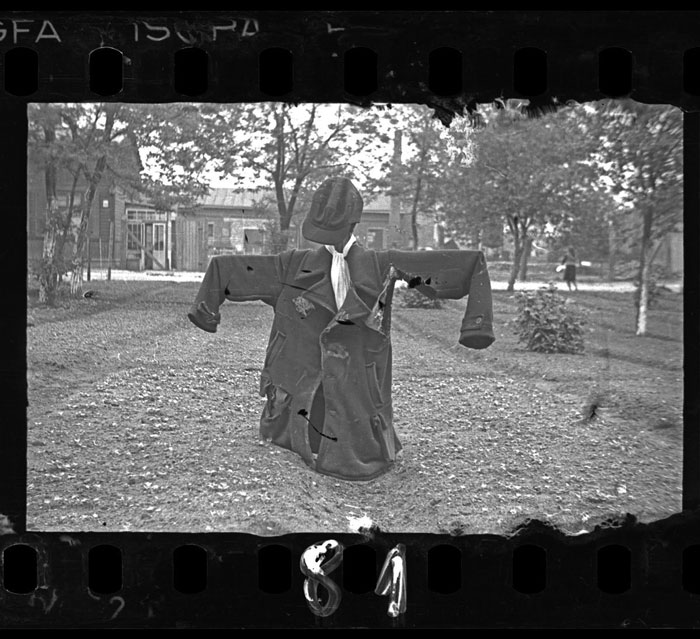
IMAGE: HENRYK ROSS, COLLECTION OF THE ART GALLERY OF ONTARIO
A boy walks among a crowd of people being deported in winter (1944)
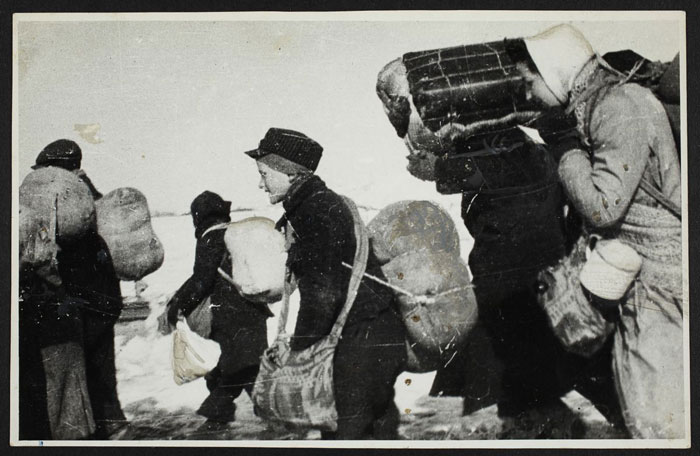
IMAGE: HENRYK ROSS, COLLECTION OF THE ART GALLERY OF ONTARIO
Jews being deported during winter (c. 1940-1944)
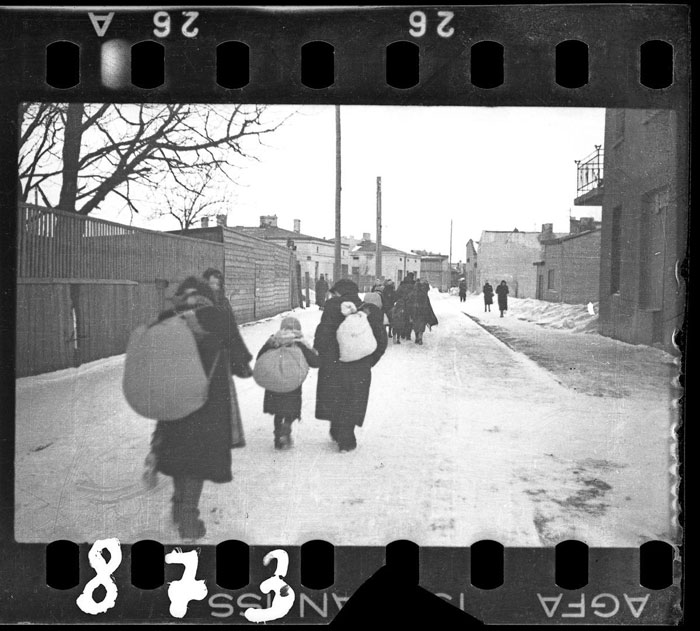
IMAGE: HENRYK ROSS, COLLECTION OF THE ART GALLERY OF ONTARIO
A mass deportation (1944)
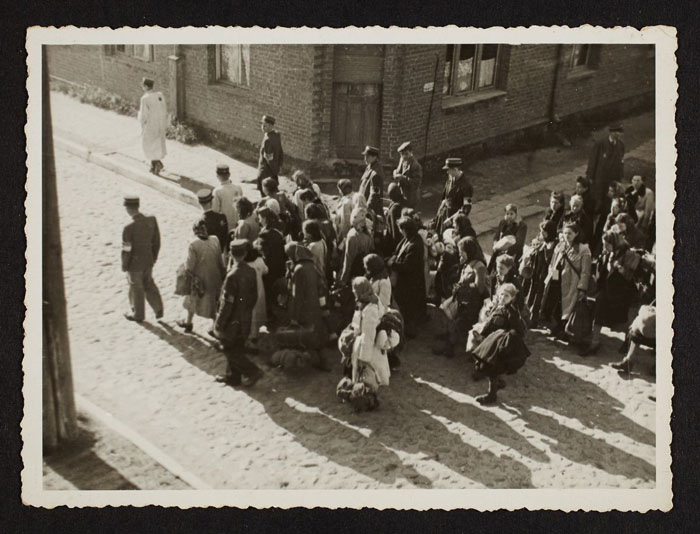
IMAGE: HENRYK ROSS, COLLECTION OF THE ART GALLERY OF ONTARIO
Residents sorting belongings left behind after deportation (c. 1940-1944)
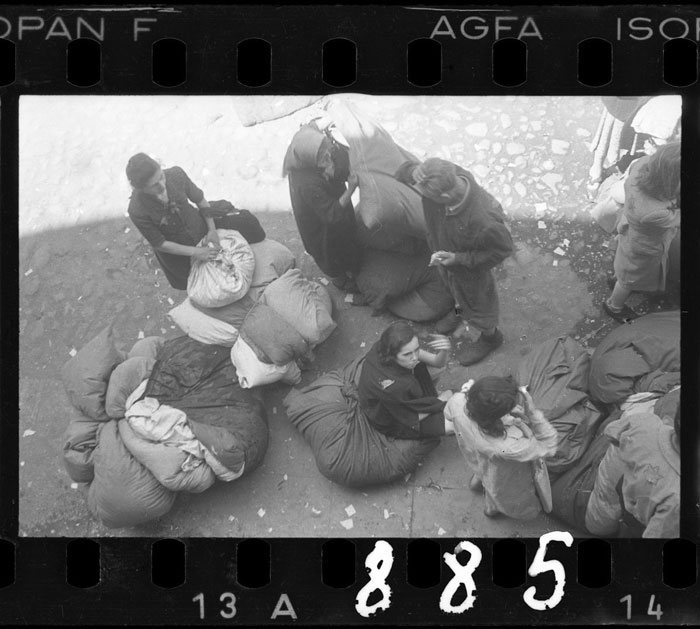
IMAGE: HENRYK ROSS, COLLECTION OF THE ART GALLERY OF ONTARIO
Food pails and dishes left behind by ghetto residents who had been deported to death camps (1944)
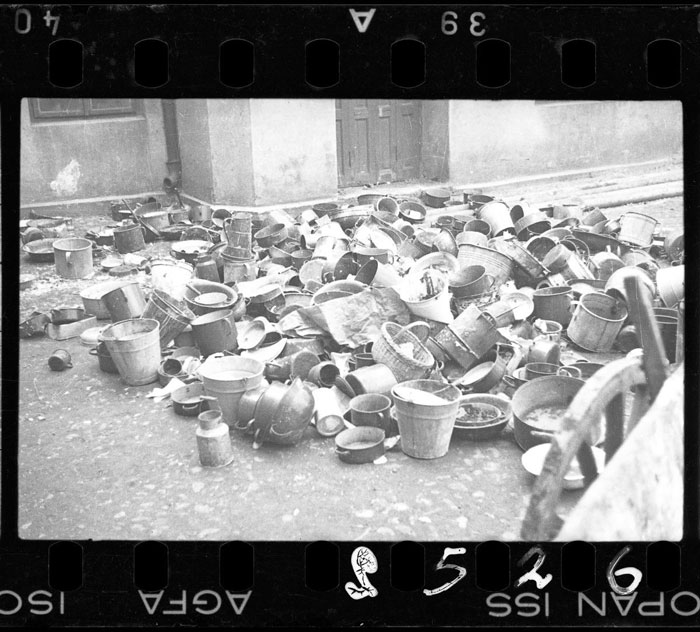
IMAGE: HENRYK ROSS, COLLECTION OF THE ART GALLERY OF ONTARIO
A smiling child radiating hope for the future (c. 1940-1944)
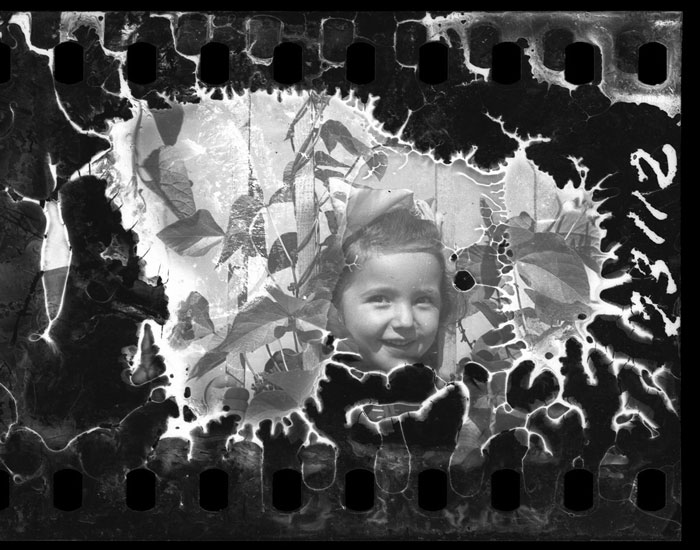
IMAGE: HENRYK ROSS, COLLECTION OF THE ART GALLERY OF ONTARIO

